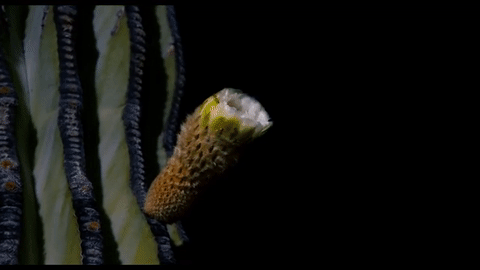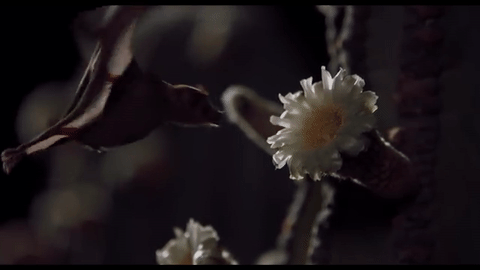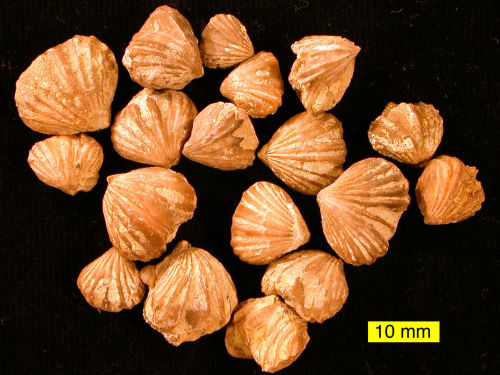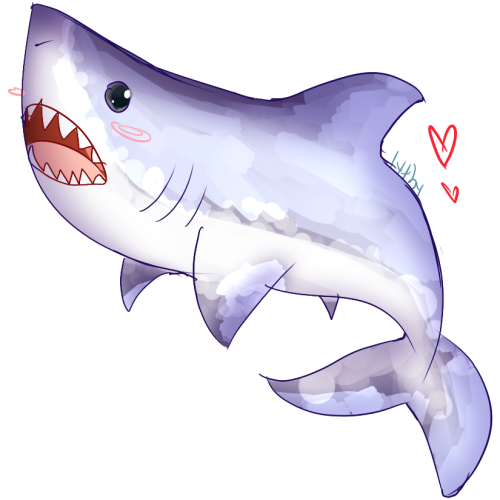While People Think Of The Birds And The Bees Pollinating The Flowers And The Trees, There Are Also Hundreds







while people think of the birds and the bees pollinating the flowers and the trees, there are also hundreds of species of nectar feeding bats which pollinate thousands of species of plants. known as chiropterophilous plants, many grow flowers that open at night so that the bats, attracted to the sugary nectar, get a dusting of pollen that is carried along with them to the next flower.
these plants and nectivorous bats have shaped each other through coevolution, with the flowers, usually white in colour and pungent in scent so as to be conspicuous at night, often taking a vase like shape to accommodate the face of the bat. the bats, for their part, have particularly good eyesight and a fine sense of smell, but their sonar is often reduced.
chiropterophilous plants even manufacture substances that are useless to themselves but helpful to the bat; because bats often eat the pollen in addition to the nectar, the pollen of these plants contain an amino acid, proline, which is needed to build strong wing and tail membranes.
also worth noting: compared to say birds and bees, bats have heavy wings for their body size. consider that bats beat their wings up to 17 times per second while the bumblebee can approach 200 wing beats per second. and while those comparatively cumbersome bat wings seem like a detriment to maneuverability, new research shows this extra wing mass makes possible their ability to land upside down, like when roosting. (videography)
More Posts from Llamaslikesciencetoo and Others










The naturalists’ miscellany : or Coloured figures of natural objects; drawn and described immediately from nature.
By Shaw, George, 1751-1813
Nodder, Elizabeth
Nodder, Frederick Polydore,
Publication info London :Printed for Nodder & co,1789.
Contributing Library: Museum Victoria
BioDiv Library

The human brain in comparison with those of other animals. The diverse yet unified pattern of nature never fails to amaze me.
Customer: So seeing a whale is guaranteed, right?
Me: Well, it is the open ocean and they are wild animals so we cannot control when and where they are-
Customer: Yeah, but I’m paying to see a whale. How long until we see one?
Me:




a dream come true: ORCAS IN THEIR NATURAL HABITAT!
they examined our cruise vessel inquisitively and played in our stern wave <3 to watch these gentle giants from up close was such a beautiful once in a lifetime experience! they stayed quite a while so i could enjoy the moment and still take some neat pics. thank you for this special day, guys! stay safe.

The name “hippopotamus” comes from a Greek word meaning “water horse” or “river horse.” But hippos are not related to horses at all—in fact, their closest living relatives may be pigs or whales and dolphins! (photo: Peter Csanadi)

The Ocean Turnover
These are brachiopods, a type of filter-feeding organism that first evolved in the Cambrian era oceans. Although they look a lot like modern-day bivalves (clams), they are a very different organism, found in a totally different phylum. They can readily be distinguished by their shell shapes; brachiopods have sort of a “kink” in their shells whereas bivalves have more rounded shapes. Clams are molluscs, while brachiopods come from the phylum brachiopoda. These two types of filter-feeding organisms have an interesting interplay in the geologic record; if you pick up a limestone from the Paleozoic it is likely to be dominated by brachiopods, while Mesozoic and Cenozoic bivalve shells dominate limestones.
Keep reading

Scanning electron micrograph of a male and female flatworm. The smaller female can be seen emerging from the male’s gynecophoral canal. For their entire adult lives, females live inside the male. The gynecophoral canal can transfer nutrients and hormones between the male and female. Isn’t nature amazingly weird?
Do animals have sex for fun? This video attempts to answer a question all of us might have asked ourselves at some point!

protect these precious sea children


Source
See more bridges like this from around the world
Follow Ultrafacts for more facts
-
 ghostfire liked this · 1 year ago
ghostfire liked this · 1 year ago -
 aeshnacyanea2000 reblogged this · 1 year ago
aeshnacyanea2000 reblogged this · 1 year ago -
 addie71 liked this · 1 year ago
addie71 liked this · 1 year ago -
 addie71 reblogged this · 1 year ago
addie71 reblogged this · 1 year ago -
 bagma reblogged this · 1 year ago
bagma reblogged this · 1 year ago -
 bagma liked this · 1 year ago
bagma liked this · 1 year ago -
 aeshnacyanea2000 reblogged this · 1 year ago
aeshnacyanea2000 reblogged this · 1 year ago -
 thebatkissblog liked this · 2 years ago
thebatkissblog liked this · 2 years ago -
 justcrafting reblogged this · 2 years ago
justcrafting reblogged this · 2 years ago -
 jakeliker liked this · 2 years ago
jakeliker liked this · 2 years ago -
 oleandy reblogged this · 2 years ago
oleandy reblogged this · 2 years ago -
 lipgloss-through-my-veins liked this · 2 years ago
lipgloss-through-my-veins liked this · 2 years ago -
 virgo-79 reblogged this · 2 years ago
virgo-79 reblogged this · 2 years ago -
 ymfingsteadilyon reblogged this · 2 years ago
ymfingsteadilyon reblogged this · 2 years ago -
 ymfingsteadilyon liked this · 2 years ago
ymfingsteadilyon liked this · 2 years ago -
 ferusaurelius reblogged this · 2 years ago
ferusaurelius reblogged this · 2 years ago -
 henrythecapybara liked this · 2 years ago
henrythecapybara liked this · 2 years ago -
 garruscoochie reblogged this · 2 years ago
garruscoochie reblogged this · 2 years ago -
 garruscoochie liked this · 2 years ago
garruscoochie liked this · 2 years ago -
 fireflytruck liked this · 2 years ago
fireflytruck liked this · 2 years ago -
 1-1-5-2 liked this · 2 years ago
1-1-5-2 liked this · 2 years ago -
 arttheclown reblogged this · 2 years ago
arttheclown reblogged this · 2 years ago -
 arttheclown liked this · 2 years ago
arttheclown liked this · 2 years ago -
 crush40official reblogged this · 2 years ago
crush40official reblogged this · 2 years ago -
 crush40official liked this · 2 years ago
crush40official liked this · 2 years ago -
 notcreatv reblogged this · 2 years ago
notcreatv reblogged this · 2 years ago -
 notcreatv liked this · 2 years ago
notcreatv liked this · 2 years ago -
 falik liked this · 2 years ago
falik liked this · 2 years ago -
 whalion liked this · 2 years ago
whalion liked this · 2 years ago -
 poggers-shinji-kun reblogged this · 2 years ago
poggers-shinji-kun reblogged this · 2 years ago -
 askmyocsandrpwiththem reblogged this · 2 years ago
askmyocsandrpwiththem reblogged this · 2 years ago -
 askmyocsandrpwiththem liked this · 2 years ago
askmyocsandrpwiththem liked this · 2 years ago -
 silkwurm liked this · 2 years ago
silkwurm liked this · 2 years ago -
 hanarinhightown reblogged this · 2 years ago
hanarinhightown reblogged this · 2 years ago -
 hanarinhightown liked this · 2 years ago
hanarinhightown liked this · 2 years ago -
 grim-grimy-goblin reblogged this · 2 years ago
grim-grimy-goblin reblogged this · 2 years ago -
 grim-grimy-goblin liked this · 2 years ago
grim-grimy-goblin liked this · 2 years ago -
 4ngelette liked this · 2 years ago
4ngelette liked this · 2 years ago -
 studio--celeste liked this · 2 years ago
studio--celeste liked this · 2 years ago -
 420bunnies liked this · 2 years ago
420bunnies liked this · 2 years ago -
 crxptidx liked this · 2 years ago
crxptidx liked this · 2 years ago -
 missmassacre liked this · 2 years ago
missmassacre liked this · 2 years ago
Mainly interested in ecology, but also the entirety of science.
179 posts